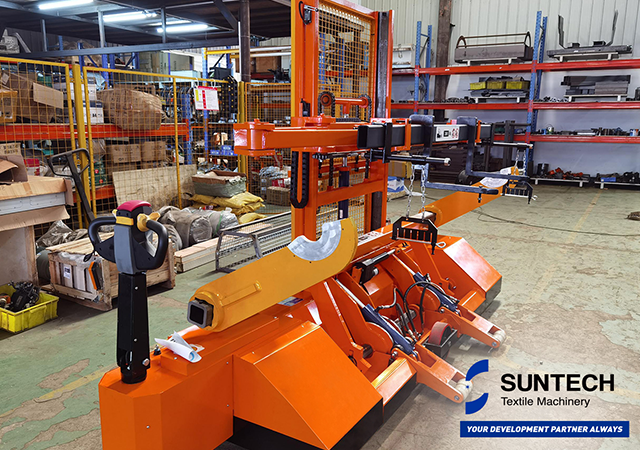The Influence of Lean Manufacturing in the Textile Sector
In an era of escalating competition, the textile industry has turned to Lean Manufacturing strategies to ensure streamlined and productive operations. As market dynamics grow more demanding, the integration of methodologies that bolster business vitality has become paramount.
In the subsequent discourse, we delve into the intricacies of this manufacturing approach and present optimal practices for its application within the textile domain.
Decoding Lean Manufacturing
Lean Manufacturing (LM), a methodology pioneered by Toyota, epitomizes a streamlined production approach. Arising from the aftermath of World War II, wherein Europe and Japan confronted economic ruin, this method emerged as a solution to circumvent adversity and drive progress.
The fundamental goal of this production model is the elimination of waste and extraneous components. It is underpinned by the imperative to curtail costs. The exigencies of the time mandated a focus solely on elements indispensable for production, with excesses being deemed detrimental to business health.
Nonetheless, the transition to LM necessitates meticulous attention and patience. Initiation of change within the organizational culture is vital for the integration of this concept into the business philosophy. Thus, the reduction of superfluous elements becomes an organic outcome of its adoption.
Based on a study elucidating the implementation of Lean Manufacturing in the textile sector, five cardinal principles define the methodology:
- Value: The customer's perception determines the value attributed to the company.
- Value Stream: The identification of processes generating value and those that do not, distinguishing essential activities from dispensable ones.
- Flow: Ensuring fluidity and rhythm in the operational processes.
- Pull Production: The interconnection of processes through a pull-based system.
- Perfection: An unceasing quest for improvement that steers the company's endeavors.
Optimizing Resources: A Lean Approach
Lean Manufacturing synergizes with resource optimization, cost reduction, enhanced quality, and heightened productivity. Its overarching objective lies in identifying bottlenecks within the industry and devising optimal solutions.
But how can Lean Manufacturing be operationalized within the textile sector? Here's a step-by-step guide:
Scrutinizing Internal and External Setups: Distinguish between activities requiring machine halts (internal setup) and those compatible with ongoing machine operation (external setup). Transition internal processes to external stages whenever possible, providing operators with tools to augment machine utilization and curtail downtime.
Investing in Cutting-edge Machinery: Strategic investment in efficient, high-quality machinery is pivotal. Such machinery should expedite each activity, ensuring optimal productivity and efficiency.

Presenting the Motorized Warp Beam Trolley with Harness Mounting Device (model ST-MBT-02I), a groundbreaking advancement in product innovation. Tailored to facilitate seamless bottom beam and harness insertion into weaving machines, it accommodates beams weighing up to 1800kg. Its adaptability extends to various weaving machine sizes, negating the need for resizing, thereby yielding a substantial 40% cost reduction.
By automating the beam handling process, manufacturers can optimize their workforce, enhance overall efficiency, and deliver higher-quality textiles to their customers. To accurately gauge the ROI of adopting warp beam trolleys, it is crucial to consider factors such as labor cost savings, increased production capacity, and reduced downtime. By conducting a comprehensive analysis, textile manufacturers can make informed decisions and maximize their return on investment in these innovative technologies.
SUNTECH Textile Machinery, recognizing the current challenge of labor shortage in the manufacturing and textile industries, has leveraged its 50 years of technological expertise and design experience to develop innovative electric Warp Beam Lift Trolleys.
Persistent Refinement of Operations: Sustained improvement remains a cornerstone. Consistently evaluating the efficacy of each operation and undertaking repetitions until enhanced outcomes are realized is vital. With a transformed organizational culture, this iterative process becomes intrinsic to daily operations.
In Conclusion
The textile industry's embrace of Lean Manufacturing speaks volumes about its commitment to operational excellence. By reducing waste, optimizing resources, and fostering a culture of continuous improvement, this methodology propels the sector toward heightened efficiency and competitiveness. As the landscape evolves, the infusion of Lean Manufacturing principles will continue to be instrumental in shaping the industry's trajectory.




